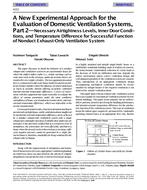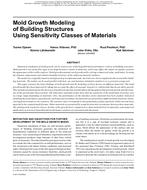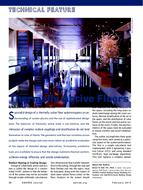Physiological syndromes such as dryness and fatigue and airborne transmission of infectious diseases in the airliner cabin environment are two serious concerns in commercial flights. This study used computational fluid dynamics (CFD) to investigate whether personalized ventilation (PV) is able to effectively settle these problems in the cabin environment. The air flow field, temperature field, and pollutants dispersion in a five-seat-row cabin section were simulated. It was found that PV could shield both gaseous and particulate pollutants in the inhalation of passengers. However, personalized air also has feasibility to enhance the dispersion of expiratory aerosols from the PV user, resulting in a higher infection risk of the surrounding passengers. Relative humidity (RH) of air in the facial region can be greatly increased to a comfortable level by PV and the overall RH was still kept below 15% for the protection of airframe.
Units: SI
Citation: ASHRAE Transactions, vol. 114, pt. 2, Salt Lake City 2008
Product Details
- Published:
- 2008
- Number of Pages:
- 8
- File Size:
- 1 file , 2.9 MB
- Product Code(s):
- D-SL-08-004


